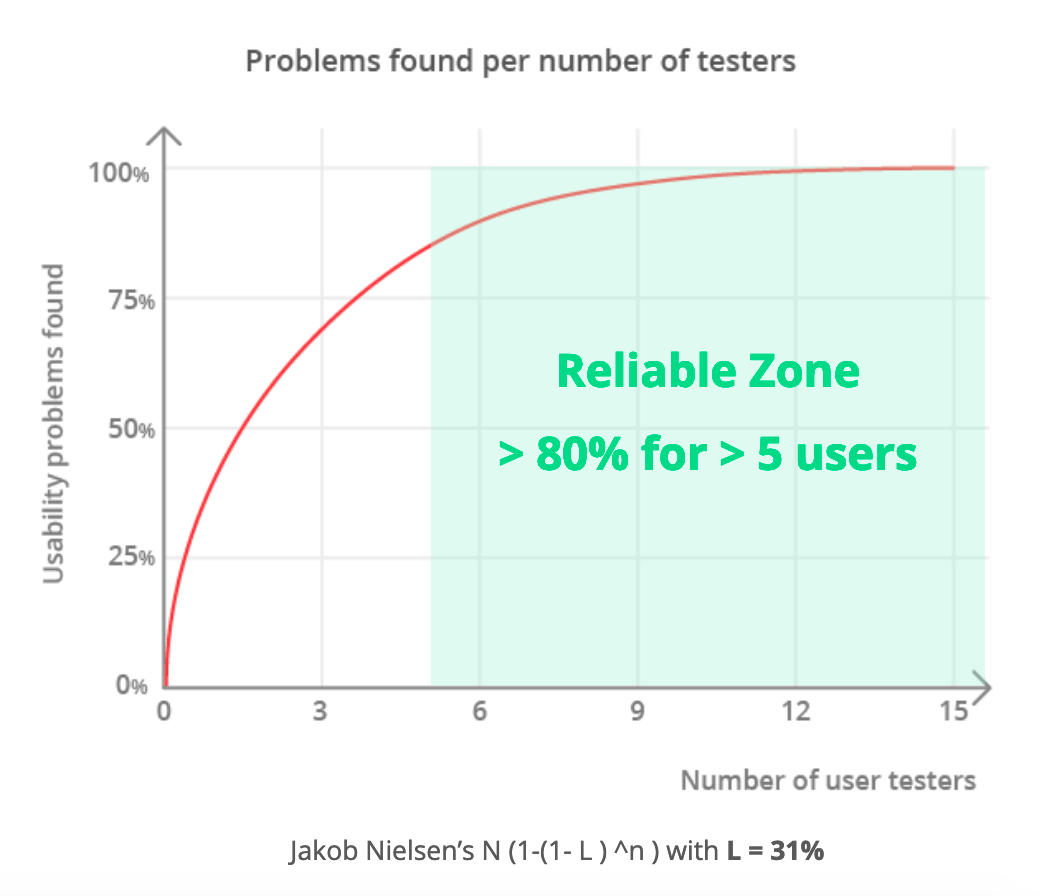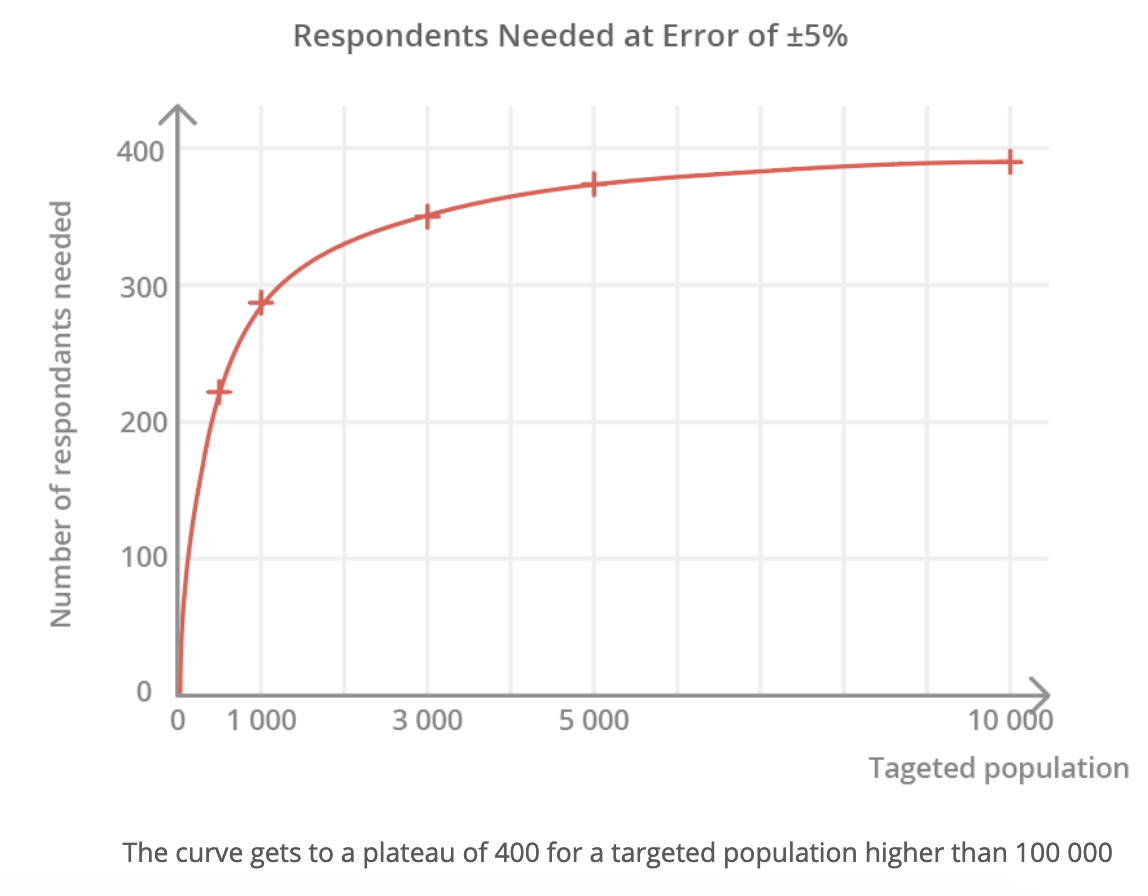How to choose between qualitative and quantitative UX research methods?
As far as UX research is concerned, it is important to clearly differentiate qualitative research (including user interviews, focus groups or user testing) from quantitative research (combining surveys or Analytics methods), two UX reseearch methods that can still be complementary to each other.
This difference is often summed up in open questions vs closed questions, and above all in few respondents vs more people. In reality, things are a bit more complicated. Here we will answer common questions such as: "Is interview qualitative or quantitative?", "Which UX research method should I use?", "How can I combine both approaches?" and more!
Qualitative and quantitative research approaches will meet different objectives :
Indeed, while quantitative research aims to answer the question who or what, qualitative research will explain how and why.

Qualitative research therefore aims to discover, explore and understand behavior, and needs to be approached without preconceptions or biases.
Quantitative research will seek to measure. The objective is to validate, prioritize or even choose. This therefore requires having pre-defined lines of research to build an effective questionnaire.
Beyond the size or number of respondents, the rules to construct the sample will be different depending on whether you use a qualitative or quantitative approach
How to compose the sample of a qualitative UX research method:
A qualitative UX research method will focus on a smaller sample, around 5 to 15 people depending on the target and the project, because it will require more depth. But it is also necessary to recruit your core target, with limited profile variations, in order to consolidate results. This is even more important for a focus group than for user interviews.
The method to calculate the number of users needed is based on the number of usability problems found per sample size. It is important not to exceed a certain threshold of users, after which the problems become redundant and the results too difficult to analyze because they are too dense.

How to compose the sample of a quantitative UX research method:
On the other hand, quantitative research will of course require targeting a large, but above all representative, sample. The size of the sample will depend on several elements: the size of the targeted population, the margin of error and the wanted reading possibilities. For example, on a standard target of English people, a sample of 300 to 400 people may be appropriate.
Unlike the qualitative method, it is better to start with a broad targeting, while keeping the possibility of zooming in on the results of certain sub-groups if necessary. Restricting your study to your core marketing target would deprive you of a better perspective on your project and its overall potential.
Finally, it is above all very important that quotas are put in place within this sample so that it is representative of the targeted population.

In line with the objectives, the results from these research projects will be different.
Quantitative research will give figures, precise rates and mesurable results. Depending on the sample size, you can compare the results of different sub-targets. For example, did men submit a higher score than women? On the other hand, you will have fewer elements allowing you to explain and understand the results in depth.
This is precisely what qualitative research allows. It will generate a dense and rich amount of information to understand behaviors in depth. It is also for this reason that it focuses on a small number of individuals: the results must remain usable during the analysis phase.
What about international research conducted in multiple countries?
Nowadays, there are numerous solutions to conduct UX research in various countries either with local partners or global actors. With this in mind, the fact that you are conducting studies across the world shouldn't change the methodology you chose. On the contrary, it should only reinforce it as qualitative research will bring even deeper insights across cultures when quantitative approach can also help reconciliate figures across markets.
Needless to say, translations and cultural interpretation will play a key role in the quality of your end results when you will compare results from a foreign culture.